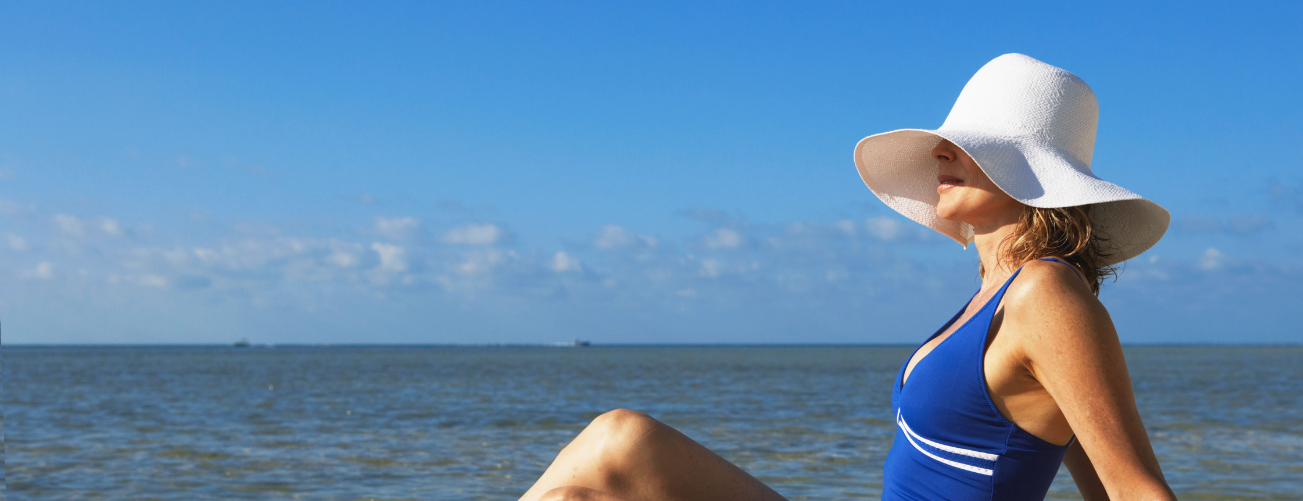More like you, because it is you.
Without question, the diagnosis of breast cancer is distressing. Besides being confronted with a potentially life-threatening disease, the prospect of losing all or part of a breast can be emotionally devastating. Fortunately, advanced microsurgical procedures that transplant one’s own natural living tissue or “flap”—what is known as autologous reconstruction—to recreate a natural, warm and soft breast. The result looks and feels natural because it is natural.
The first step in breast reconstruction is to establish a breast mound that emulates your natural breast. In autologous breast reconstruction, this is accomplished by transplanting fat and other tissue from another part of your body, such as your abdomen or back (what’s referred to as a “flap”).
To create that mound, the autologous breast reconstruction process utilizes fat grafting and advanced microsurgical techniques, including:
- Deep Inferior Epigastric Artery Perforator (DIEP) Flap. This is the gold standard for autologous reconstruction, using the patient’s lower abdominal skin and fat to reconstruct the new breast, while preserving abdominal wall muscle and function. As a benefit, this procedure also improves the contour of the abdomen, similar to a tummy tuck.
- Superficial Inferior Epigastric Artery (SIEA) Flap, similar to DIEP Flap, uses abdominal tissue, but includes the blood vessels in the fatty tissue just beneath the skin surface.
- Superior Gluteal Artery Perforator (SGAP). Uses tissue from the upper buttock and hip area.
- Transverse Upper Gracilis/Profunda Artery Perforator (TUG/PAP) Flap, which is a state-of-the-art technique using tissue from the inner and posterior thigh.
- Vascular Lymph Node Transfer Surgery (VLNT). Often, cancer patients experience lymph node damage caused by the disease or its associated treatments. Crystal Clinic Plastic Surgeons offers a groundbreaking microsurgical procedure that transplants one’s own healthy lymph nodes to replace damaged ones.
Autologous breast reconstruction can begin immediately in cooperation with your oncology care team as part of the mastectomy or lumpectomy procedure, or can be delayed by weeks or months until all cancer treatment is complete.
A few weeks after the initial surgery, the new breast mound will be shaped to match the other breast for balance and symmetry. In a separate outpatient procedure, your breast reconstruction surgeon will artfully fold and rearrange a portion of the breast mound skin to recreate the nipple, and the areola is typically fashioned using a tattooing procedure.
The best way to know if autologous breast reconstruction is right for you—and to determine your best options—is to sit down with your Crystal Clinic Plastic Surgeons breast reconstruction specialist for a personal consultation. Together, you will discuss your condition, your cancer treatment plan, your desired results, timing options, recommended procedure details, and any concerns or questions you may have.
The first step is to schedule an appointment. With our new online scheduling, you can now schedule with any of our specialists right here online by clicking the blue Schedule Online button. Of course, you can still make an appointment by calling 888-709-9293, or you can request a callback by submitting a simple online form. Please be assured that scheduling an initial consultation with your Crystal Clinic Plastic Surgeons breast reconstruction expert will not obligate you to move forward with any procedure.

